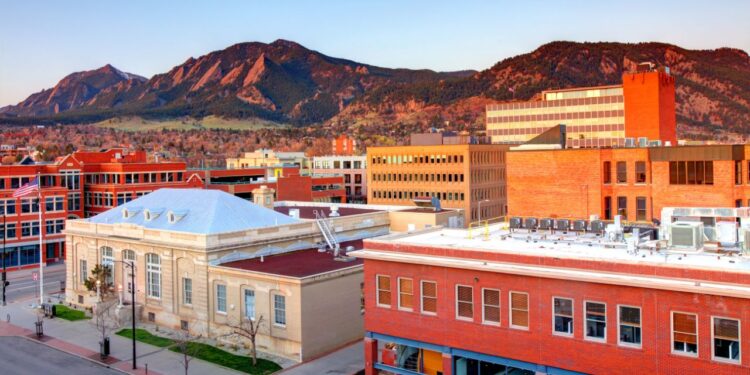Working from home (WFH) is showing no signs of slowing down, especially in America’s major cities. This shift in work culture, accelerated by the COVID-19 pandemic, has brought about major changes in how businesses operate and how employees view their work-life balance — and recent data can back this up.
Based on updated Census figures, 15% of the U.S. workforce worked remotely in the past year. According to a recent analysis published by Axios, this percentage is notably higher in large metropolitan areas, particularly on the East and West coasts. For instance, the D.C. metro area recorded just over 25% of its workforce as working remotely — surpassing any state’s average. Major cities in California such as San Francisco and San Jose also ranked high on the list, with 27% and 24.4%, respectively.
According to an analysis of the Census data published by Axios Raleigh, the top 5 Metro Areas with the greatest percentage of remote workers in the past year were:
- Boulder, Colorado – 32%
- Austin, Texas – 28%
- San Francisco, California – 27.0%
- Raleigh, North Carolina – 26.1%
- Seattle, Washington – 25.4%
While these figures are impressive, it’s important to identify the outliers across the nation. Mississippi, for example, recorded the lowest share of remote workers at 5.5%. However, every state has seen an increase in remote workers since 2019, according to Axios. The nationwide trend of WFH saw a minimal decline of less than 3 percentage points between 2021 and 2022, leading experts to hold onto projections that remote work isn’t going anywhere.
WFH arrangements were found to be most prominent in large cities with vast office spaces. Despite efforts by major employers, including big banks in New York and the federal government, to bring employees back to physical offices, these attempts have largely been unsuccessful.
As a partial result of flexible work arrangements, many cities are considering ambitious redevelopment projects for commercial real estate. Ideas such as transforming office towers into residential buildings and central business districts into mixed-use neighborhoods are reportedly being discussed in several cities across the U.S. — especially in metro areas with high office vacancies.
As businesses wake up to this new reality, we can likely expect a continued rise in remote work opportunities and a shift in urban development to accommodate flexible work.
Remote work and the number of traditional work environments will likely never return to pre-pandemic levels. As cities and businesses adapt, the workforce stands to benefit from increased flexibility and a better work-life balance for more employees. It’s important that commercial real estate markets and business leaders understand these trends and adapt accordingly.


 Dr. Gleb Tsipursky – The Office Whisperer
Dr. Gleb Tsipursky – The Office Whisperer Nirit Cohen – WorkFutures
Nirit Cohen – WorkFutures Angela Howard – Culture Expert
Angela Howard – Culture Expert Drew Jones – Design & Innovation
Drew Jones – Design & Innovation Jonathan Price – CRE & Flex Expert
Jonathan Price – CRE & Flex Expert












